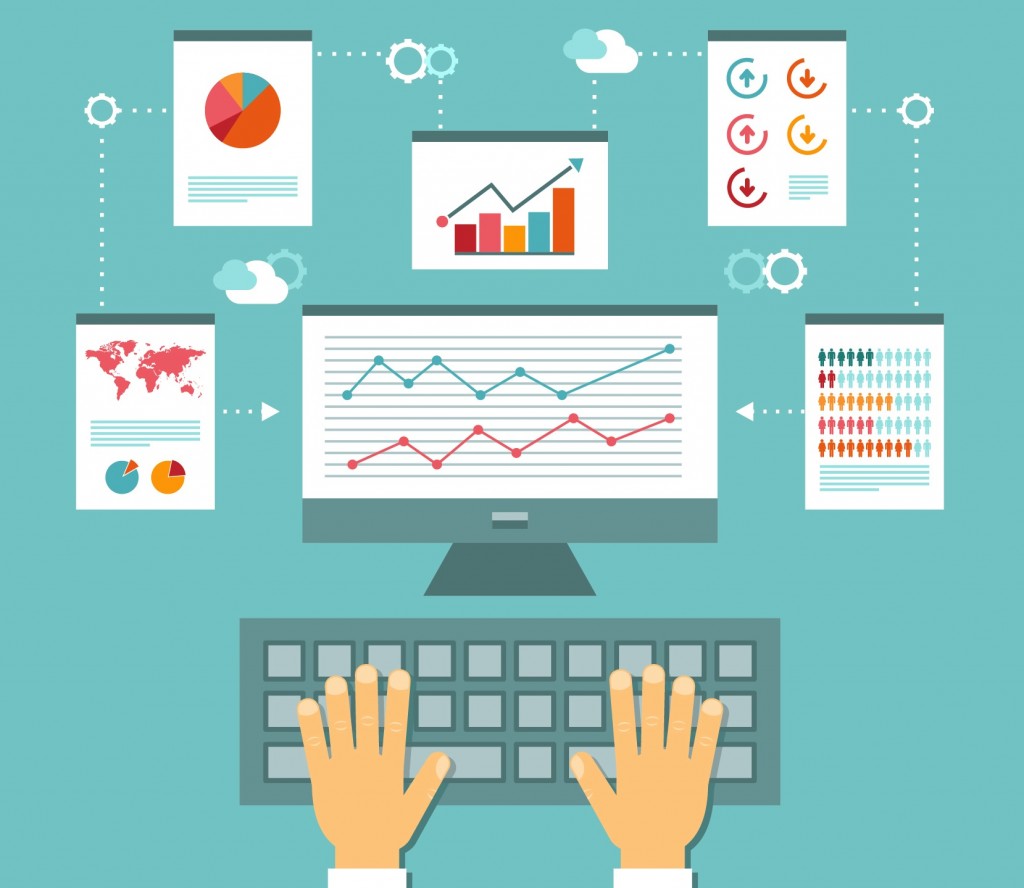 In mid-June, the 2016 State of B2B Marketing Data Management Report outlined the latest trends in how B2B marketers are using data. If you thought marketers were just using data to qualify leads, you’d be wrong.
In mid-June, the 2016 State of B2B Marketing Data Management Report outlined the latest trends in how B2B marketers are using data. If you thought marketers were just using data to qualify leads, you’d be wrong.
The two primary uses of data are (1) campaign targeting and (2) content personalization. B2B marketers are still trying to work on ways to use data in areas such as (3) predictive analytics and (4) marketing automation. The problem is that B2B marketers are still not sure how to use all the data out there, so they are using it for something they know that definitely works, rather than something that might work.
Of these uses of data in B2B marketing, campaign targeting is easily the most popular. It’s something that makes intuitive sense to anyone in sales and marketing – you want to get your marketing in front of the right people so that you can boost the number of qualified leads who are likely to buy from you in the future. With campaign targeting, you are able to narrow down potential prospects by demographics and online behaviors, as well discover correlations and relationships among your customers.
The second most popular use is content personalization. That’s actually quite interesting – you take quantitative data and transform it into qualitative descriptors and use that to inform the marketing message. This is actually quite innovative – and since you have access to way more data than just standard demographic info (age, gender), you can start to craft some very personalized messages. For example, what happens if you know that 50 percent of your website visitors are also fans of your company on Facebook? At some point, you’d have to recognize that fact on your website, tweaking the message or the offer for your Facebook followers.
Ok, so you have access to a lot of data, now what? Cleaning up all that data is the key to improving the performance of your company’s marketing technology stack. Remember: marketing technology is only as good as the underlying data. That means someone has to scrape, cleanse, enhance and scrub all that data. That’s something marketers will hand off to data experts – for now, anyway. But in the future, as automation takes greater hold, it’s easy to imagine a theoretical future in which machines do all the hard, grunt work, while humans sit back and watch what happens when all the data has been crunched.
That’s where predictive analytics behavior comes into play. Here, you’re asking the data not for insights into past behaviors, but rather, into future behaviors. You’re trying to predict what people will do based on all the data that you’ve collected. It’s easy to see how that would vastly improved the B2B marketing process – you’re guaranteed better results if you can get inside the heads of your prospects.
What will be interesting to keep an eye on is the extent to which the roles of the marketer and the data scientist begin to overlap. You can almost imagine a future in which marketer and data scientist work together to create the best possible marketing technology stack for any company. When that happens, the days of single-digit conversion rates may finally come to an end.
Image: Designed by Freepik
